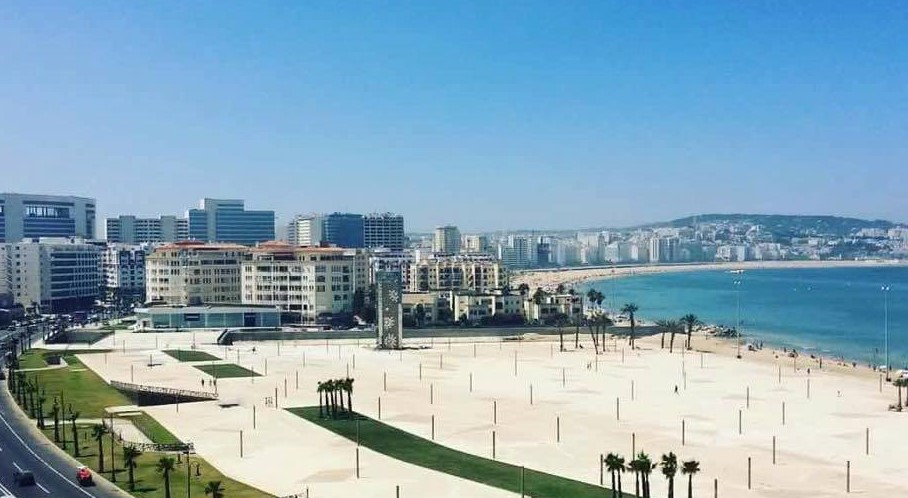Tangier is a product of its location: the gate to the Mediterranean Sea and the meeting point of Africa and Europe. The Phoenicians and Carthaginians established trading posts here. The Romans made it a capital city. It was invaded by the Vandals and Visigoths and occupied by the Arabs. The Portuguese took the town before the Spanish arrived. From 1923 to 1956, it was an international city, and its tax-free status and raffish reputation attracted European and American writers and artists. Tangier also had fame as a gay destination in the days when homosexuality attracted severe moral opprobrium in Europe. These days, Tangier is trying to bury these ghosts and reinvent itself as a modern city with a new port, stadium and business district. Arriving by sea, it may well be your first point of contact with Morocco and, despite a certain reputation for hassle, Tangier has remained popular with travellers. The kasbah, former residence of sultans, is particularly worth visiting, as is the médina, a dense maze of houses, shops and narrow, steep streets. A day is probably enough to see the main sights; two days would give you more time to take in the atmosphere and make a side trip to the Caves of Hercules on the Atlantic coast.
